Can photography help formerly trafficked women connect with their sense of self?
- Text by Alex King
- Photography by Voice of Freedom - see captions

Victims of famine, war, poverty or human trafficking usually appear in the media as mute objects who can’t speak for themselves. Too often, they are labelled simply as “victims”, whose complex problems are described by others in a one-dimensional narrative. Rarely do “victims” get to express their problems in their own terms.
UK charity PhotoVoice believe that everyone should have the opportunity to speak and be heard, and they do this by handing people the tools to tell their own stories through photography. Their Voice of Freedom project began by working with women who had been trafficked from Ethiopia and Eritrea through the Sinai and eventually arrived at the Ma’agan safe house in Tel Aviv. PhotoVoice ran participatory photography workshops with women at the centre and supported them to respond artistically to their experiences.
The next stage of the project involved women who had been trafficked to the UK, and as these photos go on display at Matrix Chambers in London, Huck spoke to Voice of Freedom project director Leila Segal to find out more.
How did the Voice of Freedom project come about?
I was at a conference in Tel Aviv on trafficking in the region and I met the director of Ma’agan (‘Shield’) – a safe house for women who had escaped trafficking in the Sinai desert and found refuge in Israel. I suggested to her that I run a series of participatory photography workshops with the women in the safe house – and she was really keen, as the women had few emotional or creative outlets. Back in the UK, I went to PhotoVoice, who I’d worked with before, for advice on setting up the project, and we partnered up.
We ran the first phase of workshops at Ma’agan with women from Ethiopia and Eritrea – who created a powerful body of work about trafficking in the Sudan and Sinai. Their work was amazing; an incredible message to the world. It was the first time I realised the potential of Voice of Freedom, which up till then had been a belief – an idea.
How did you find the women who took part and had they all been through similar experiences?
Voice of Freedom is now working in London with clients of the Helen Bamber Foundation – all survivors of trafficking who are living in the UK.
The women in Israel had all been trafficked along the same route – up through Sudan, then to Egypt and the Sinai torture camps. The women in London have various experiences – though with common themes. It can be empowering for them to see in workshops what they have in common.
But this is creative work, not journalistic or therapeutic, and too much emphasis on past story is not the goal – we do not want women to identify with their experience of trauma to the exclusion of the other things they are, and can become – which the creative process can so gracefully express.
What effect did the project have on the women who took part?
From day one they gained confidence. In the first workshop I noticed how absorbed and attentive they were. Immediately they took the cameras, they were imaginative and self-reflective. We began to discuss their pictures straight away, and it was clear how hungry they were to communicate.
Over the course of the project, I saw a remarkable transformation in the women. Some live in difficult circumstances – it can be very tough and depressing – but the photography inspired them. It is empowering to tell your story, to express yourself. It makes you stronger and more self-confident. For these women, it is possibly the first opportunity they have had to do so. The effect of speaking and being heard is powerful.
In the act of sharing intimately, which is what this work is, you express real, important things. I don’t mean necessarily describing the events of trafficking – but you do share thoughts, feelings and ideas. That is the fantastic thing about photography: a woman can wander and explore, camera as companion, and later consider in a session with a facilitator all that her camera has captured. Conversation – a dialogue – is such an important part of the creative process.
How do PhotoVoice use photography as a tool for social change?
Though they are free to explore creatively in any direction – and the photos are not necessarily about trafficking – one of the outcomes of Voice of Freedom has been a powerful body of work about the experience of modern-day slavery. The women have used art to convey the emotional impact of slavery – either directly, by relating their story, or obliquely, by exploring the emotional impact of displacement, longing and loss.
This body of work has the power to affect people more directly than a statistical report, or a journalist’s account. It is more immediate: the voice that speaks to you is that of the woman who was trafficked – she is in a position to convey with 3D insight and emotion what it’s like. People with influence take action when their hearts are moved.
The idea of voice is central to our work – whose voice is it? Whose voice will influence debate? In my mind, it should be the voice of the woman affected by the issues. It’s about creating empathy. Nothing breaks through prejudice and denial better than a human voice – not facts, dry figures, but an authentic voice.
Photography is an incredible tool because it is so accessible. Women who have never picked up a camera before can create rich, expressive work with little training. A photo often leads to words: women who may not be used to describing thoughts or experiences can represent them visually with greater ease. It unlocks.
What is the story of the exhibition? Is there a narrative tying all the artists together?
An exhibition was always the end-point of the UK workshops – and we were lucky enough to be offered a space by Matrix Chambers, a barristers’ set specialising in human rights. The women knew that it was their chance to give messages to the world, if they chose to do so. This gives the project a focus and helps shape the work.
The common framework for the artists is that they are all survivors of trafficking, but within that framework the art of each woman has its own narrative. There are, of course, common themes, such as freedom, loss and women’s rights.
Can you describe some of your favourite shots from the show?
So many. Very hard to pick. A self-portrait by an Albanian woman is one. She came to our session one day and told me that she had taken it because she was so excited about the photography course. The way that she had set it up was really remarkable: after only one group session, she’d created a shot that represented visually her desire to learn and the feeling of empowerment that the photographic process inspired.
Bibi’s empty bowl is another favourite: it’s about loss, really poignant. She uses colour forcefully in her work, and this shot is grey-blue. Sometimes it’s the absence in an image, and the pared down beauty of minimal words that move the most. I also love Gena Cupi’s sun and moon picture. What touches me is its ambivalence – such insight and maturity. It’s a beautiful image – but when you combine it with the words it’s almost too poignant.
As a curator, what were the challenges in presenting work on such a sensitive subject?
The challenge is to be faithful to the woman’s voice in my choice of work for the show. I feel a huge responsibility to each woman – in working with them, I have enjoyed their trust. Curation is an artistic collaboration – I am making a choice, an edit. I carry their voice in trust to a world beyond the intimacy of the project.
I am confident that the way the work was carried out respects the natural boundaries of each woman – a level of disclosure about her story and her emotions that she feels comfortable with. So by the time I come to curate, I know I am choosing from work that respects the sensitivity of the subject.
We also engage in a very thorough consent process. I have discussed individually with each woman which of her photographs she is comfortable showing in public, and have read and edited her captions with her so that she is sure nothing is included that she does not want made public. Photos for the exhibition are chosen only from these images – the ones that the woman has selected to release, after careful discussion and thought as to what may make her feel vulnerable or exposed.
Having said that, I experience the women on Voice of Freedom as incredibly strong. In fact, these women are our teachers and our inspiration. They have survived. The opportunity to work with them is truly a gift.
There is also the challenge of not giving in to expectation – that a photographic story from this project will be one of misery or pain. Our media is voyeuristic and sensationalised – I aim to depart from that, to allow emotional subtlety, unexpected response and insight to be the narrative of the show.
What were the major challenges of making the project happen?
Funding. It took two years and an incredible amount of good will from volunteers to get Voice of Freedom off the ground. At first, no one thought that we could create change with this kind of work – grassroots up. But I firmly believe it is the voices of the survivors that have greatest impact at policy and campaigning level. I’m happy to say that our early persistence has paid off: the work is now being seen across the world. Stories from Voice of Freedom are up on the Anti-Slavery International website; work was also on show for a month last year at Amnesty International in London, and we are very proud about that.
What do you hope the viewers take away from the exhibition?
I hope viewers will understand the depth and humanity of the unseen in our society. Trafficked people are all around us – including here in the UK. Someone you come across in daily life – a waitress, a person working in a shop – could be a slave: not free. They could have been bought and sold, far from home, longing to return to their life. If viewers take away deeper awareness – empathy, compassion – and this inspires them to go out and create change, then the work will have been worthwhile.
Do you have another project in the pipeline?
With PhotoVoice, I would like to build on the success of Voice of Freedom so far and get the work out there to more policy-makers, and those creating change.
Voice of Freedom is on display at Matrix Chambers, Gray’s Inn, London until March. Viewing is by appointment, email: leila@photovoice.org to arrange to visit.
Latest on Huck

Three decades behind the scenes of the music industry
Eddie Otchere’s ‘Spirit Behind the Lens’ is a story of music and culture that crosses and transcends borders.
Written by: Isaac Muk
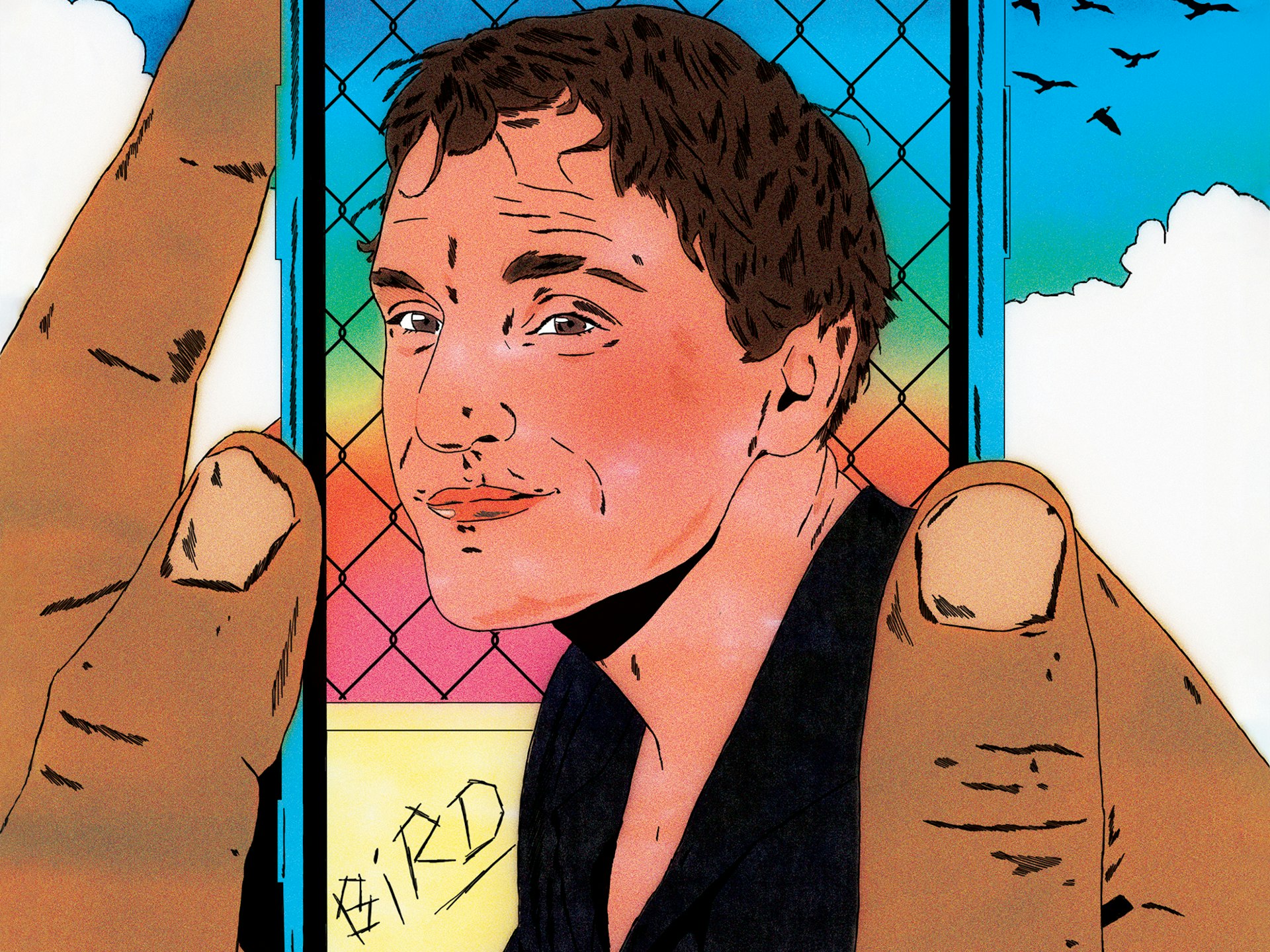
Barry Keoghan, Franz Rogowski and Andrea Arnold on ‘Bird’
The new issue of Little White Lies brings Andrea Arnold’s sixth feature to life with a thematic voyage down the Thames estuary.
Written by: Maisy Hunter
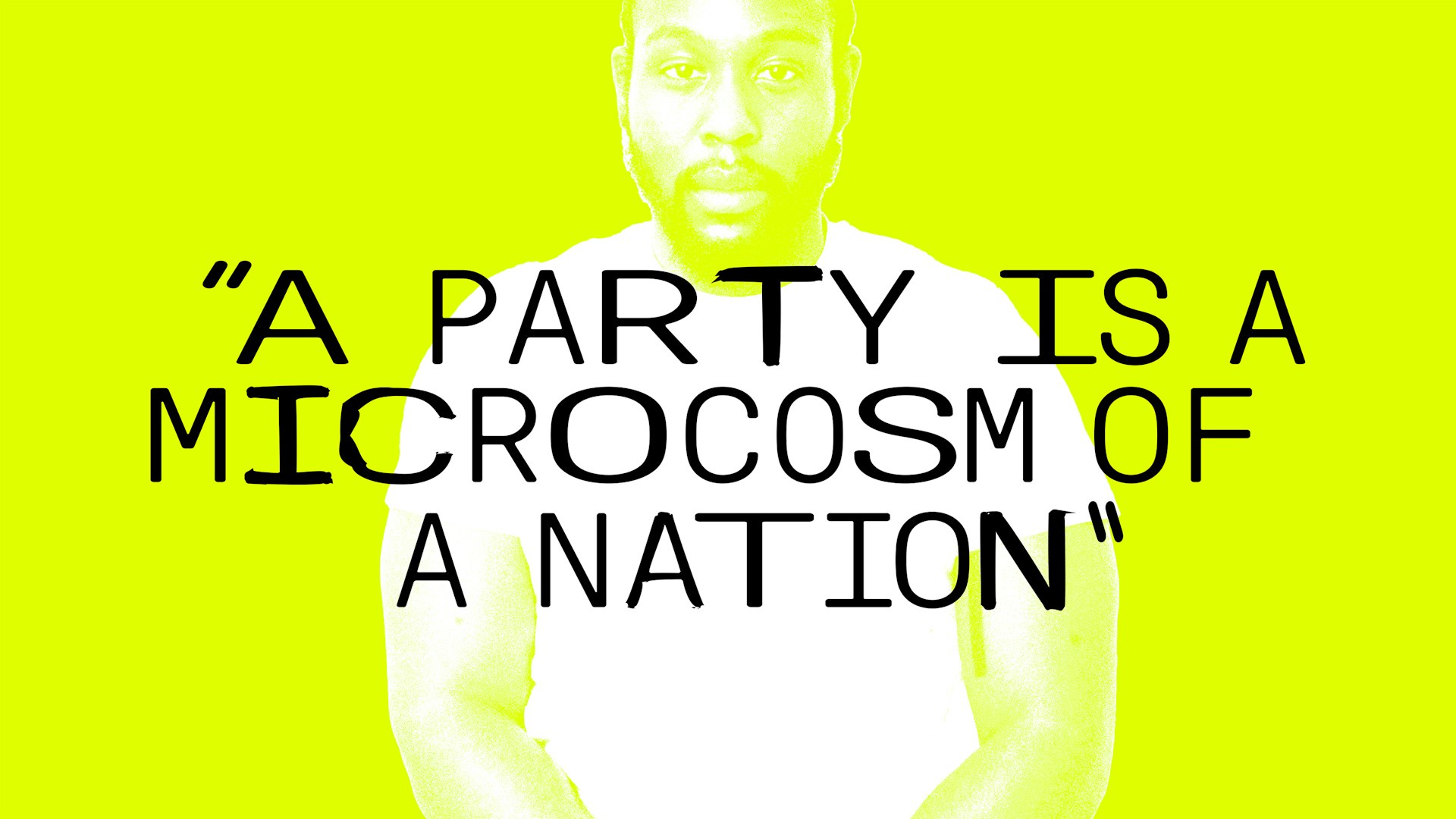
“A party is a microcosm of a nation”: Caleb Femi on the decline of the house party
To celebrate the publication of his new collection ‘The Wickedest’, Isaac Muk caught up with Femi to talk more about the work, the future of the shoobs, and discuss why having it large on a Saturday night should be cherished.
Written by: Isaac Muk
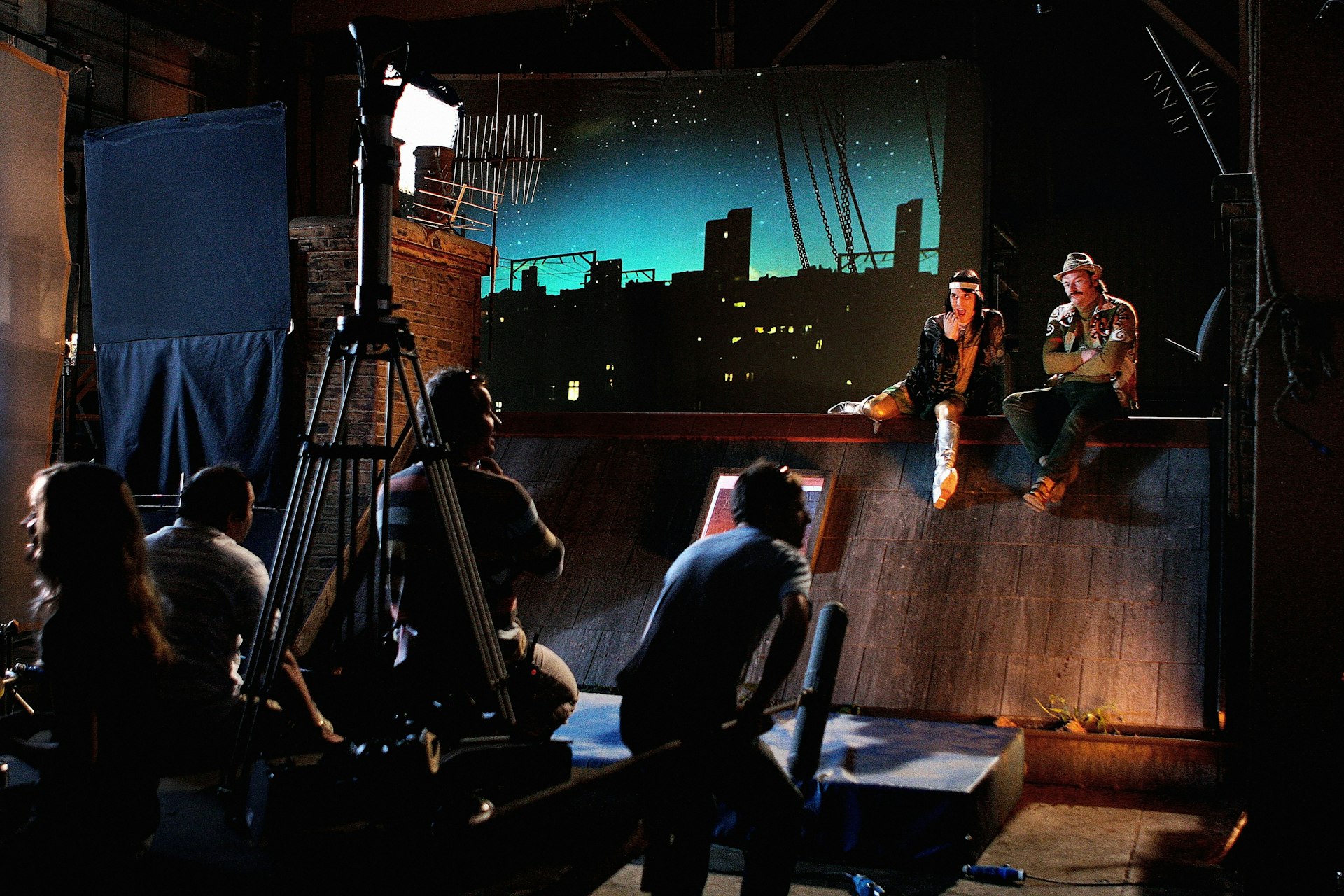
Celebrating 20 years of The Mighty Boosh
A new exhibition takes a look behind the scenes of the iconic show two decades after its BBC3 premiere.
Written by: Isaac Muk
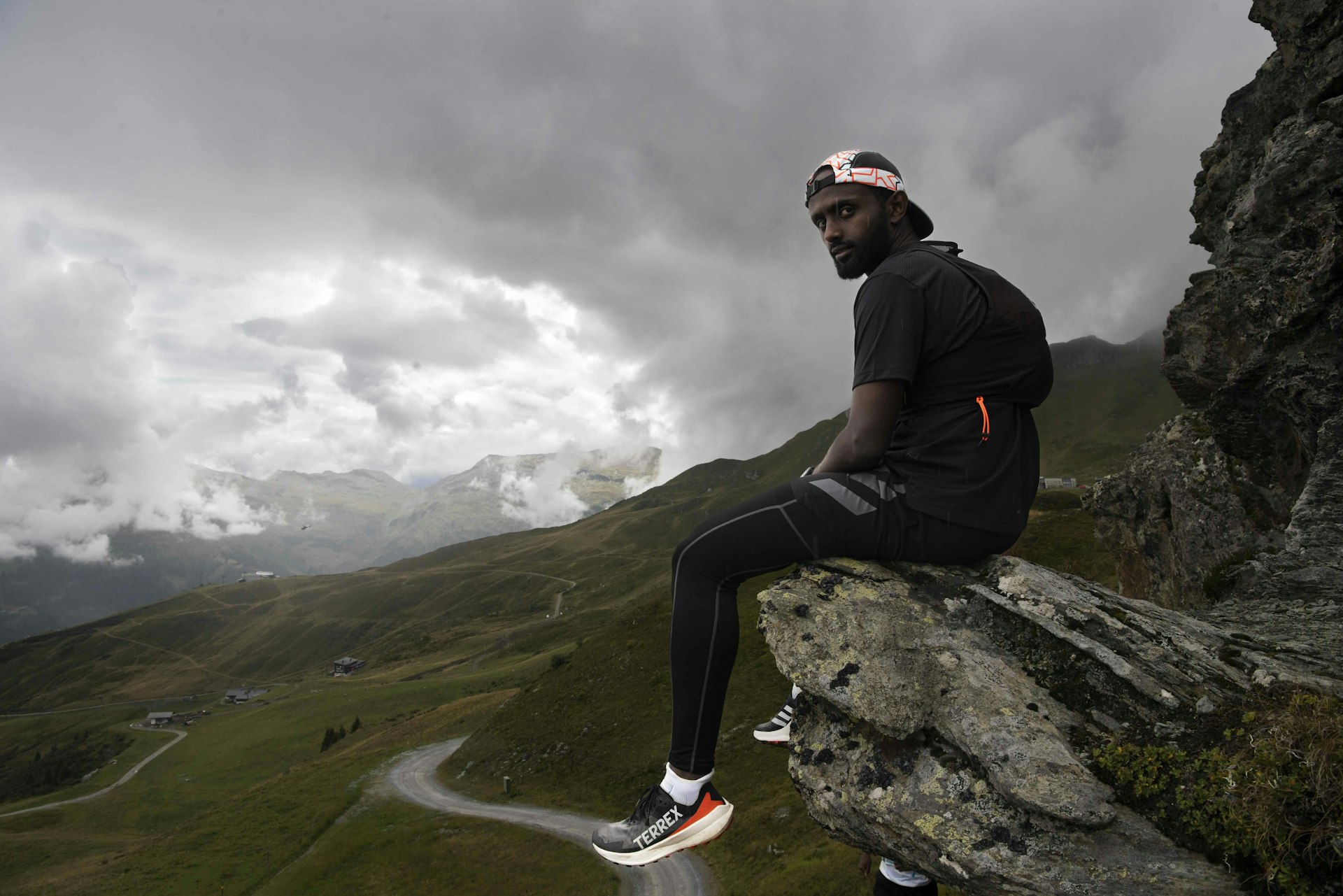
We Run Mountains: Black Trail Runners tackle Infinite Trails
Soaking up the altitude and adrenaline at Europe’s flagship trail running event, high in the Austrian Alps, with three rising British runners of colour.
Written by: Phil Young
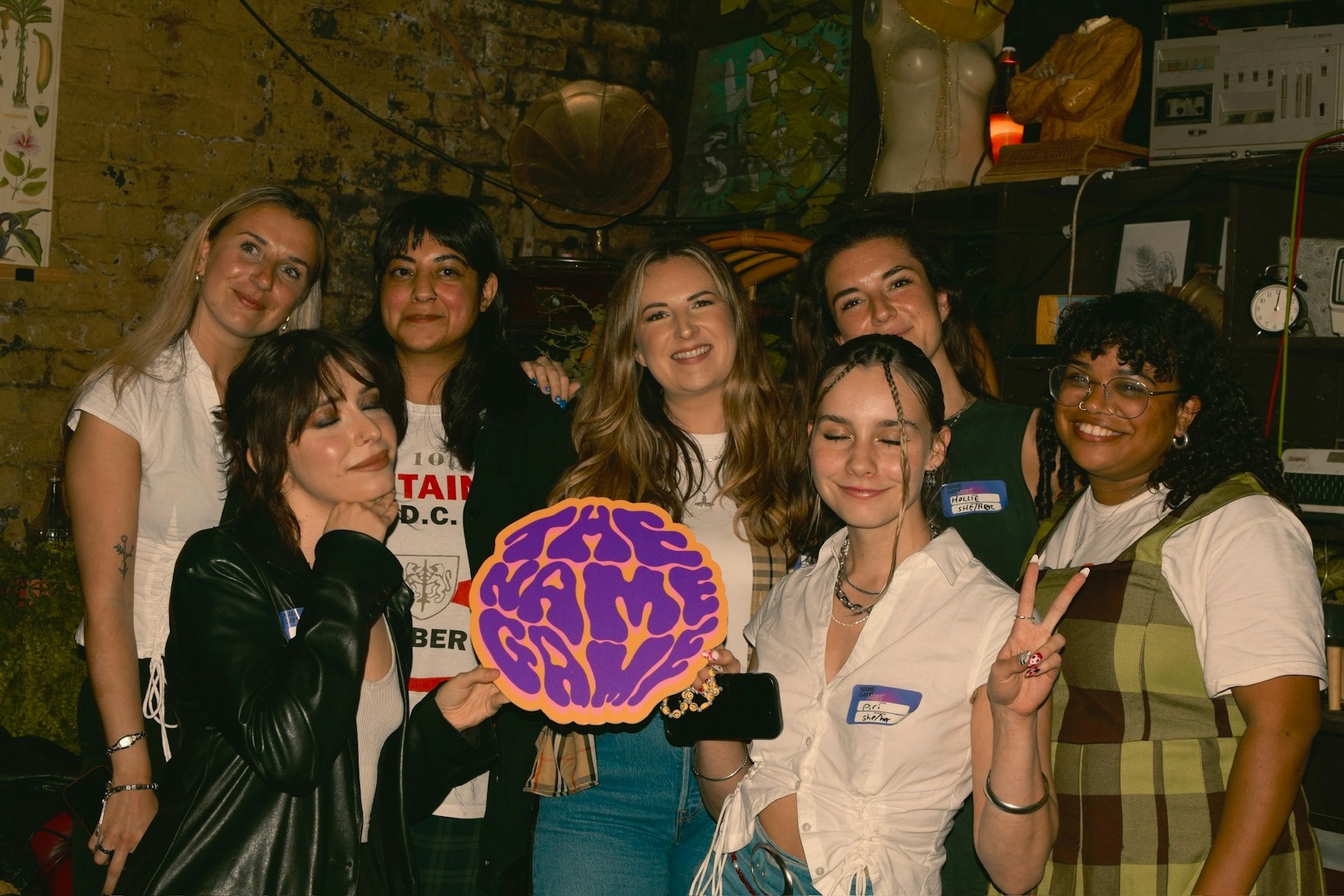
The organisation levelling the playing field in the music industry
Founded in 2022, The Name Game is committed to helping female, non-binary and trans people navigate the industry.
Written by: Djené Kaba